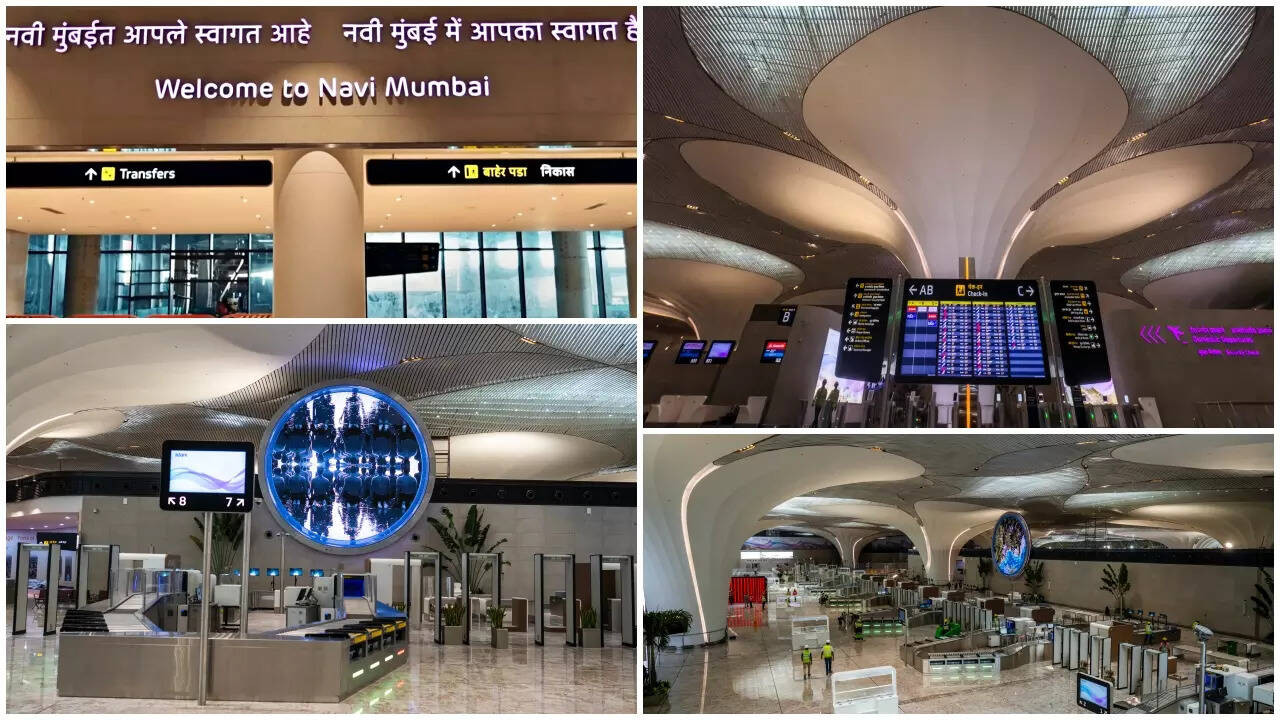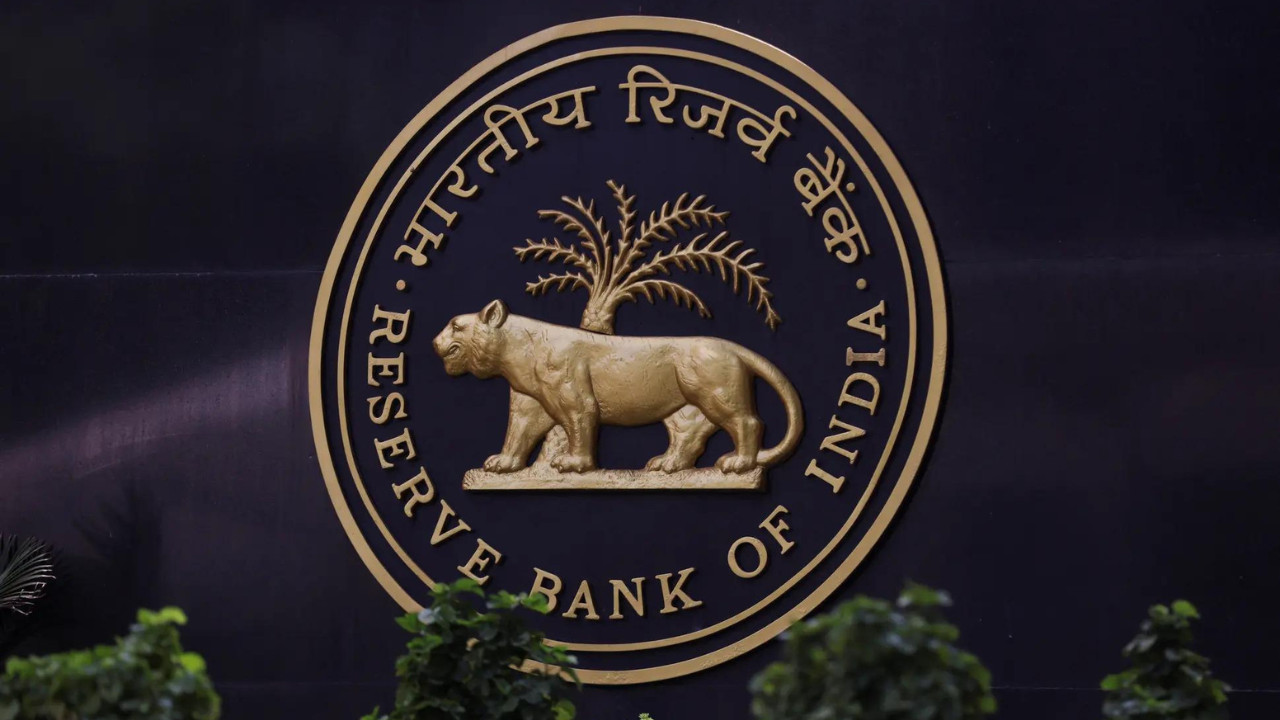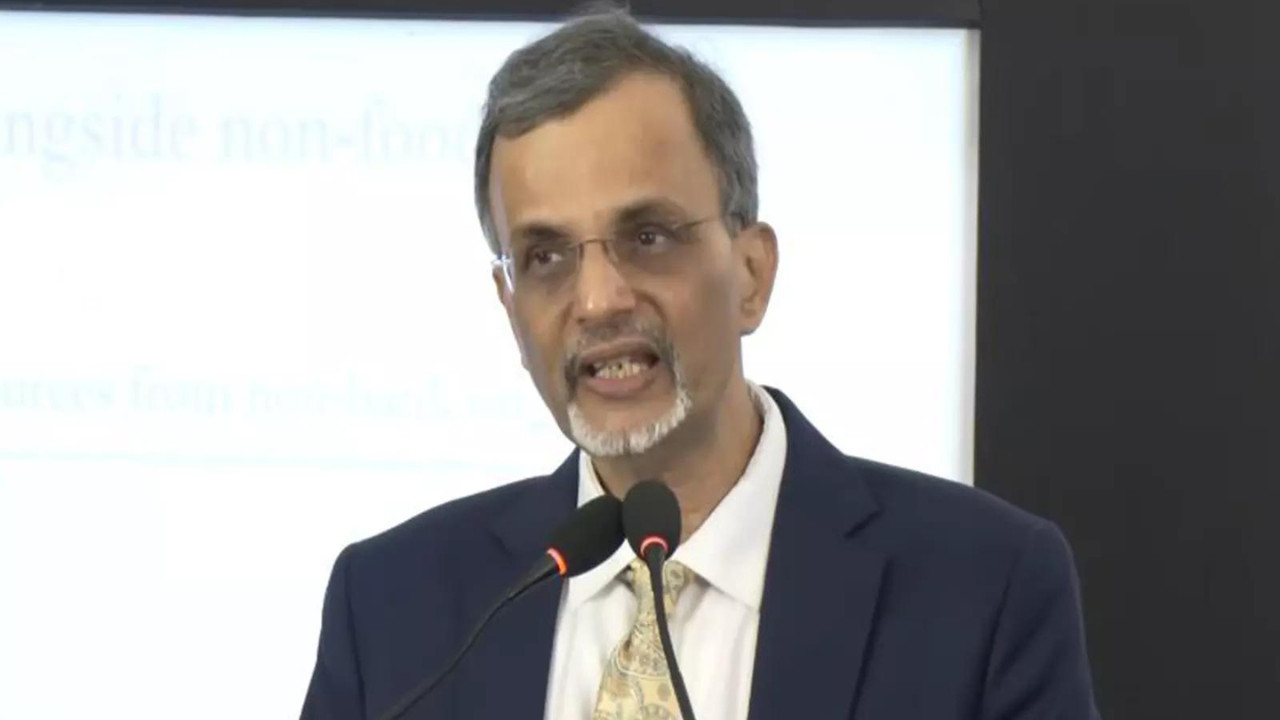Navi Mumbai’s New Wings: Ready for Take-Off
For years, it’s been a whispered promise on the horizon, a beacon of progress for Maharashtra and the entire nation. Now, the Navi Mumbai International Airport (NMIA) is finally poised to become a reality, ready to ease the strain on Mumbai’s existing airport and usher in a new era of connectivity.
But this isn’t just another airport; it’s a meticulously planned, ambitious project decades in the making. Forget cramped terminals and endless queues; think spacious interiors, cutting-edge technology, and a seamless travel experience designed to cater to the demands of modern air travel. The excitement is palpable, and for good reason.
A Solution Decades in the Making
The need for a second airport serving the Mumbai metropolitan region has been apparent for decades. Chhatrapati Shivaji Maharaj International Airport (CSMIA), while a marvel of efficiency operating with a single runway, has long been stretched to its capacity. The new Navi Mumbai airport provides a much-needed safety valve, allowing for projected future growth and offering greater flexibility for airlines and passengers alike.
Located strategically in Navi Mumbai, the airport boasts excellent connectivity to the city and surrounding areas. The location was carefully chosen to minimise environmental impact and ensure ease of access for travelers coming from various parts of the Mumbai Metropolitan Region (MMR). Think easier commutes, less traffic congestion, and a smoother start to your journey.
More Than Just Runways: A World-Class Airport Takes Shape
This isn’t just about adding another runway; it’s about building a world-class aviation hub. The initial phase, soon to be unveiled, boasts a capacity to handle millions of passengers annually. But the vision extends far beyond that. Future phases will see expansions to terminal buildings, runways, and other infrastructure, ultimately transforming NMIA into a behemoth capable of handling a significant portion of India’s air traffic.

The design itself is a testament to thoughtful planning. The terminals are designed for optimal passenger flow, minimizing walking distances and incorporating intuitive wayfinding systems. Expect ample check-in counters, efficient security checkpoints, and a wide array of retail and dining options to keep you comfortable and entertained while you wait for your flight. Sustainability has also been a key consideration, with the airport incorporating green building practices and energy-efficient technologies to minimise its environmental footprint.
Connectivity is Key: Getting to Navi Mumbai International Airport
Accessibility is paramount, and NMIA has been designed with that in mind. The airport benefits from excellent road connectivity, with dedicated expressways and highways linking it to Mumbai and other major cities in the region. Plans are also underway to improve rail connectivity, further enhancing accessibility and offering travelers a convenient alternative to driving.
What can travelers expect in the future?
The inauguration marks the beginning of a new chapter for air travel in India. The Navi Mumbai International Airport promises to not only alleviate pressure on existing infrastructure but also to redefine the passenger experience with state-of-the-art facilities and seamless connectivity. It is poised to become a vital gateway, boosting economic growth, tourism, and connectivity for the entire region. As the airport expands in future phases, it will unlock even greater potential, establishing itself as a leading aviation hub on the global stage. Consider following news and updates to keep track of future airport developments. This new infrastructure investment will contribute to India’s economic growth and make travel more convenient for citizens and visitors alike.
Also, while you are planning your trip, check out how best to prepare for airport security for smoother travels.







